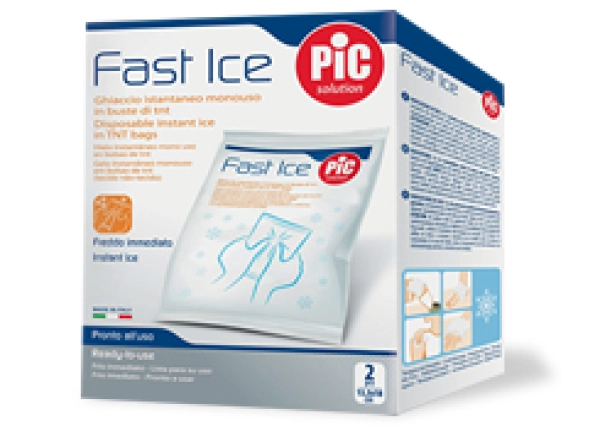

A sprain is the temporary shifting of the articulating bones of a joint. How many times have you managed to put a foot down in the wrong way or lose your balance? When the sprain isn't too severe, the ligaments in the joints are able to keep the bones in their correct positions without suffering any damage, thanks to their elasticity. However, if there are significant forces at play, the ligaments can be injured much more seriously.
So you've had a nasty sprain! The first thing to do is to look for something cold to reduce the pain and limit swelling. You can use a traditional ice bag for a cold pack, filled with ice cubes you keep in the freezer. Or there's also synthetic ice that's ready to use, both in spray form and convenient disposable sachets. On top of that, there are handy gel pads that you can apply directly onto the painful area with elastic bandages. Take them out of the freezer, place them on the affected part and your sprain will benefit from the gradual cooling effect.
Did you put ice on your sprain? Good, now it's time for you to proceed with wrapping, which has be done immediately following the injury to help you limit the chance of swelling and hematomas. What you need is an elastic bandage on top of an underwrap one, which protects the skin. Wrap the bandage around whilst making sure not to block the circulation. If the swelling doesn't go down within a few hours, consult your doctor or go to Emergency, as you might need to have fluid removed by aspiration, a rigid bandage, or, in the worst case scenario, a plaster cast.
Are you a basket ball player and you've already experienced various sprains, maybe to your ankle? Your doctor might advise you to wear a bandage to actively stabilize the relevant joint as a precautionary measure to avoid the risk of it happening again: it's called functional taping. For this type of wrapping you'll need inelastic bandages - ones that don't stretch - to use with underwrap bandages.






